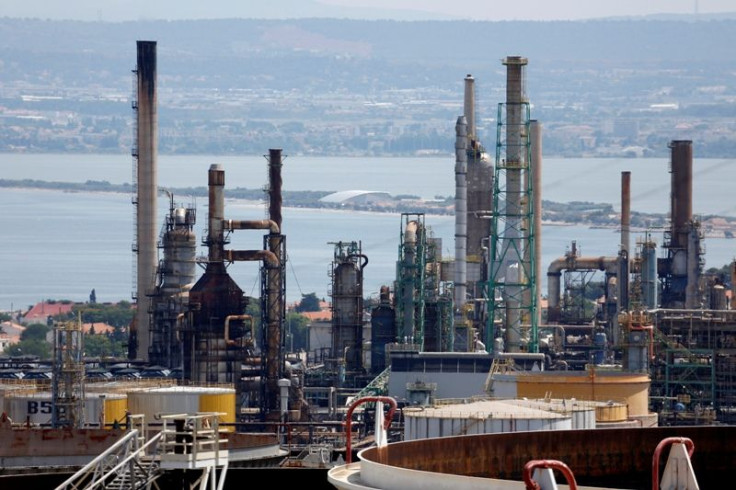World oil demand rises, but oversupply tugs price low

The demand for oil has been increasing in leaps and bounds globally, with the pace recording an all time high in five years, International Energy Agency said in a monthly report on Wednesday. Experts say that this growing demand should be attributed to “rebounding economic growth and low prices.” However, the watchdog warned that the current oil supply to meet the demands will last through 2016.
The International Energy Agency said it was engaged in expanding its demand growth outlook for 2015 as well as 2016 and has anticipated a decline in the Non-OPEC's (Organisation of the Petroleum Exporting Countries) supply growth, with U.S. producers to face the lowest.
While Paris-based IEA confirming that developing measures to rebalance have already been worked upon, the process could take longer than usual due to a “supply overhang” that would prevail through 2016. “Global inventories will pile up further,” suggested IEA.
The IEA's August Oil Market Report found, "The supply overhang has persisted and reached a staggering 3 million barrels per day in the second half of 2015, the widest gap in 17 years, as ever-higher flows of oil hit world markets.”
However, the growth forecast for oil demand by IEA has been revised to 1.6 million barrels a day in 2015, which was previously 200,000 barrels a day, thereby showing a marked improvement by 14 percent. This rise was indicative of strong economic growth and consumers’ acceptance of low prices, said IEA.
"That's the biggest growth spurt in five years and a dramatic uptick on a demand increase of just 0.7 million bpd in 2014," it said.
Reuters reported that oil prices, which have gone below AU$68 per barrel, were due to abundant oil supply and a strong dollar. This decline in oil prices has led oil companies to cut their investment plans almost instantly. However, IEA warned, "While a drop in costs and efficiency improvements will help to offset some of the spending cuts, output is likely to take a hit soon.”
The IEA reported that non-OPEC supply has been facing sluggish growth, with sharply declining from a 2014 record of 2.4 million bpd to 1.1 million bpd this year and is expected to contract by 200,000 in 2016, with the United States the hardest hit. The prediction signals that OPEC’s strategy of lowering prices have worked well with the rival producers.
Meanwhile, it is to be noted that OPEC's dominant player Saudi Arabia accounted for more than 80 percent of the increase and Iran is all set to supply an additional 1 million barrels per day, boosting production after sanctions were lifted.
Contact the writer at feedback@ibtimes.com.au, or let us know what you think below




















